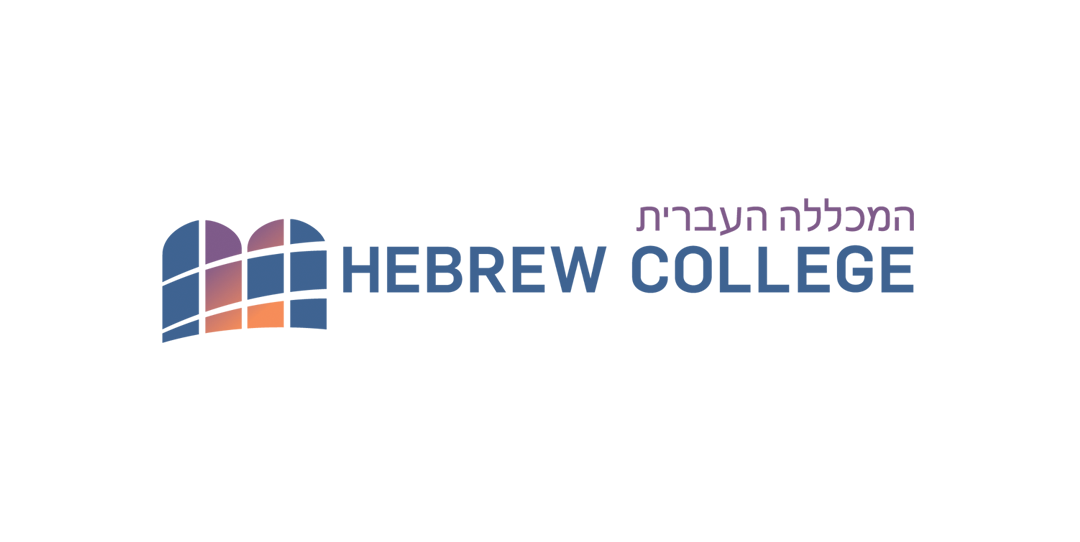Community Blog Tales From Israel: The Intersection of Faith and Future

For the fourth year in a row I spent a sleepless Shabbat in Jerusalem.
It’s not necessarily Jerusalem’s fault that I’m up until 3 in the morning every time I’m there. Given the timing of Prozdor’s vacations and flights, inevitably we arrive late on a Wednesday or Thursday, eat dinner, and then stumble off to bed sometime after 10:00 with our body clocks in full misalignment. And while on most of my visits to Israel I’m usually OK after the second night, this year it took me until last night, our fourth in Israel, when I had left Jerusalem for the relative peace and quiet of my friend’s Moshav, to fall asleep without being up for hours.
Outside of inevitable and unavoidable jet lag, there is something equally inevitable and unavoidable about Jerusalem. Yes, it is a crucible of spirituality, holiness, history, tension, and emotion. Yes, it is a city of stones and walls, crowded alleys and open spaces, that occupies a space at the intersection of faith and future. But to me, what is inescapable is the intensity. It is impossible to not experience that heavy weight of FEELING in Jerusalem.
Case in point: this last Shabbat. As a mixed group of fifty-plus Prozdor and Reali students crowded into a tiny Orthodox shul tucked away in Nachla’ot, the overflow of students spilled out into the balcony overlooking the courtyard. In this group was my son, lucky enough to come along with me on this trip, and yes, he had out one of the older kids’ iPhones and was playing Frontier Rush.
Into this scene came a man from the shul, probably mid-50s, who ambled over and gestured towards my son. Uh-oh, I thought, here comes the tsk-tsking.
“Do you know that’s permissible on Shabbat?” he asked in New York-inflected English.
“Ummmm…” I stammer.
“It’s true. There are a group of religious guys, I mean really frum guys, who look into all kinds of ways to make Shabbat less restrictive from a halachic standpoint.”
“Really?” I say. “I heard about responsa being solicited about e-readers…”
“In this case, the work started in hospitals, when they were trying to find out how ringing a call button for a nurse would affect the ongoing electric current in the circuits and systems. When they looked into computers and tablets, they realized that the only issue with the electricity was in the keyboards.”
By this point I was fairly interested. He went on.
“So really, that touchscreen is totally permissible,” he said.
I knew there was more coming. And it came.
“I’m not messianic. I’m not one of those guys. But let me tell you something. I just saw a poll that said that something like 93% of Jews in Israel believe in God. Can you believe that? Maybe it wasn’t 93%, but it was up there….”
At this point, tears came to his eyes and his voice trembled.
“Can you imagine what it would be like if everyone knew that you could bring your phone or your tablet to shul? Imagine how many people would come. What would HaKadosh Baruch Hu think about that? There would be a revival. Thousands of Jews would definitely come back to Judaism, to God…”
By this point his voice was really quaking, but he took a breath and pulled it together.
“But I’ll tell you what, it won’t be easy. There are plenty of rabbis who refuse to allow it because they’re nervous about kids with iPhones running around the shul….but you know what, it would really be something.”
And with that, he continued on to give out some candy to a few of the other kids who were clearly among the regulars.
It was quite a moment, an encounter with religion, technology, and a vision for the future of, I daresay, God and the Jewish people that almost had to happen on a sunlit Shabbat morning, with a jet-lagged American, a religious-Zionist American expat, and an app-playing 7-year old, oblivious to it all, but maybe holding the key to the Jewish future.

